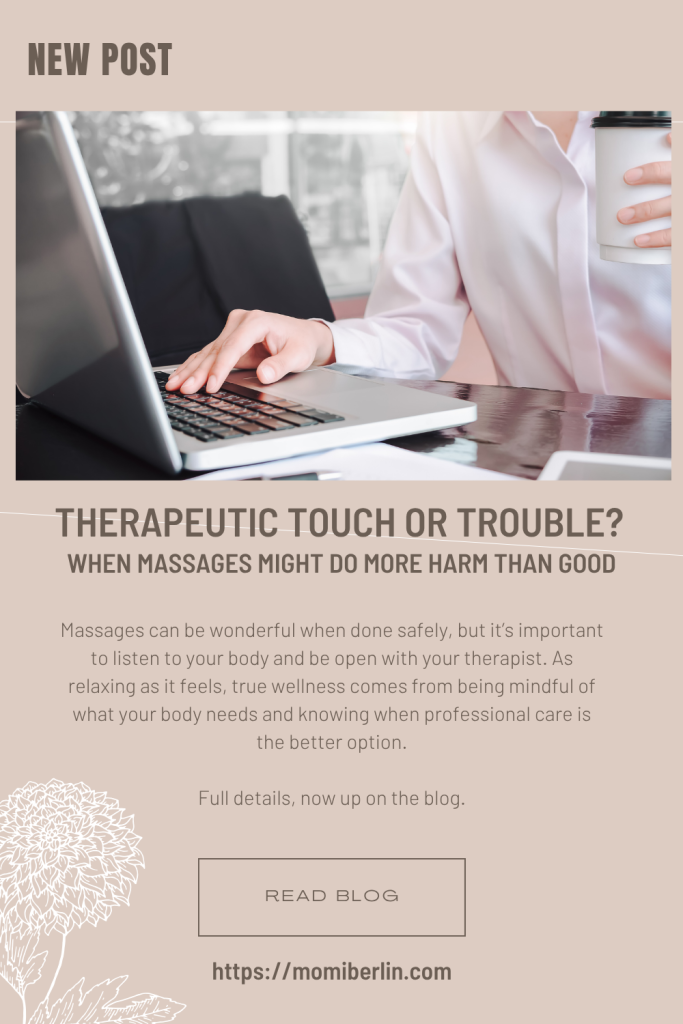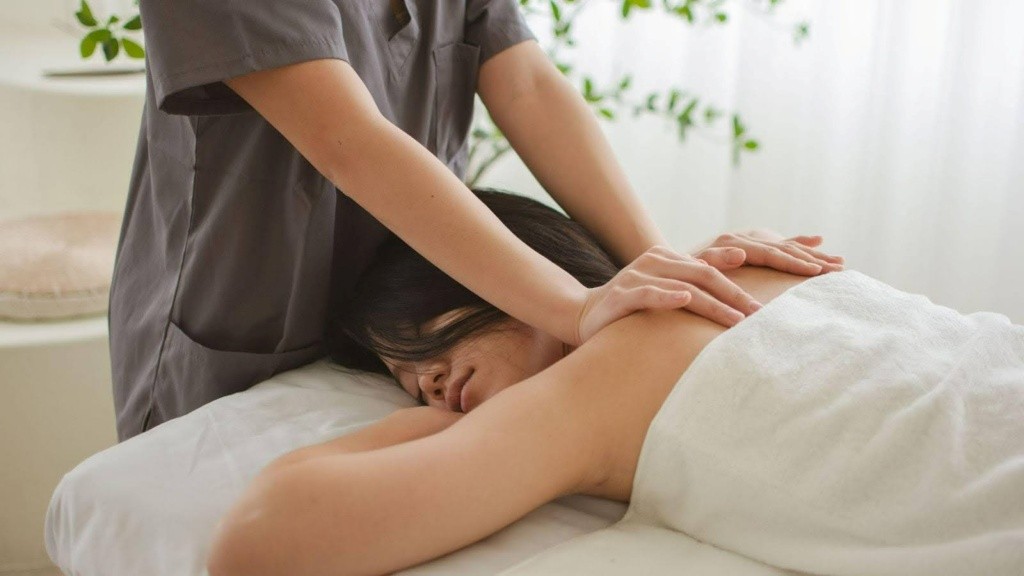Simple reminders from MakatiMed’s Department of Physical Medicine and Rehabilitation
As a mom, I’ve always believed in the power of a good massage. Whether it’s a reward after a long day of errands or a weekend ritual to reset the body, that soothing touch can feel like magic. It relaxes tense muscles, improves circulation, and offers a rare moment of quiet amid the noise of everyday life.

But come to think of it, not all massages end with sighs of relief. Some may actually leave more pain than peace. Makati Medical Center’s Department of Physical Medicine and Rehabilitation reminds us that while massages are generally safe, certain types and conditions require extra care.
When Comfort Turns Risky
According to Dr. Ma. Elena Lourdes R. Tan of MakatiMed, problems can occur when too much pressure is applied to the wrong areas or for too long. “Massages are generally safe,” she says. “Problems can arise during the application of excessive pressure in the wrong spots and for prolonged periods. This could reduce circulation or affect nerves, resulting in temporary or permanent damage.”
In rare cases, overly intense massages can lead to rhabdomyolysis, a condition caused by muscle breakdown that can affect the heart and kidneys. Even mild cases can leave you bruised or sore in areas that weren’t hurting before.
It’s not just clients who are at risk. Dr. Tan also reminds us that when someone gets a massage while sick, they can pass their infection to their therapist. “If you have a skin infection or a contagious respiratory illness like a cold, flu, tuberculosis, or COVID-19, you could easily infect others with close contact,” she warns.
What You Should Do Before and During a Massage
Dr. Tan recommends choosing a reputable spa that values professionalism and hygiene. “Ideally, you should get a massage in a place with properly trained therapists, as they are trained to adhere to professional standards,” she says. Cleanliness and comfort should always be a priority.
Before lying down on the massage table, make sure to tell your therapist about any health conditions. “Are you pregnant? Do you have a fracture or think you do? Are you currently treating rashes or an open wound? Do you have an underlying health condition? If you do, then it’s not advisable for you to get a massage until cleared by a physician,” says Dr. Tan.
She also reminds clients to stay home if they’re feeling unwell. A massage when you’re sick might make things worse.
And while most spas aim to create a calming experience with soft lighting and music, your comfort also depends on communication. “Communicate what you want. Tell your therapist how light or strong you want the pressure and stretching, and where you don’t want to be touched. Speak up when you feel uncomfortable or develop any pain,” Dr. Tan adds.
When to Seek a Medical Professional
If your pain is linked to sports, an injury, or recurring discomfort, it might be best to consult a doctor first. “In this case, a healthcare professional with a background in human anatomy might be a better choice than a massage therapist,” says Dr. Tan. “In addition to helping you manage pain through exercise and manual therapy, a physiotherapist can improve your mobility.”
Massages, she emphasizes, should be viewed as a complement to medical treatment, not a replacement. “A massage doesn’t cure diseases or injuries,” Dr. Tan explains. “If your pain prevails or returns even after a massage, please see a doctor immediately.”
A Gentle Reminder

Massages can be wonderful when done safely, but it’s important to listen to your body and be open with your therapist. As relaxing as it feels, true wellness comes from being mindful of what your body needs and knowing when professional care is the better option.
For more information, contact MakatiMed On-Call at +632.88888 999, email mmc@makatimed.net.ph, or visit www.makatimed.net.ph. Follow @IamMakatiMed on Facebook and Twitter.












0 Comments